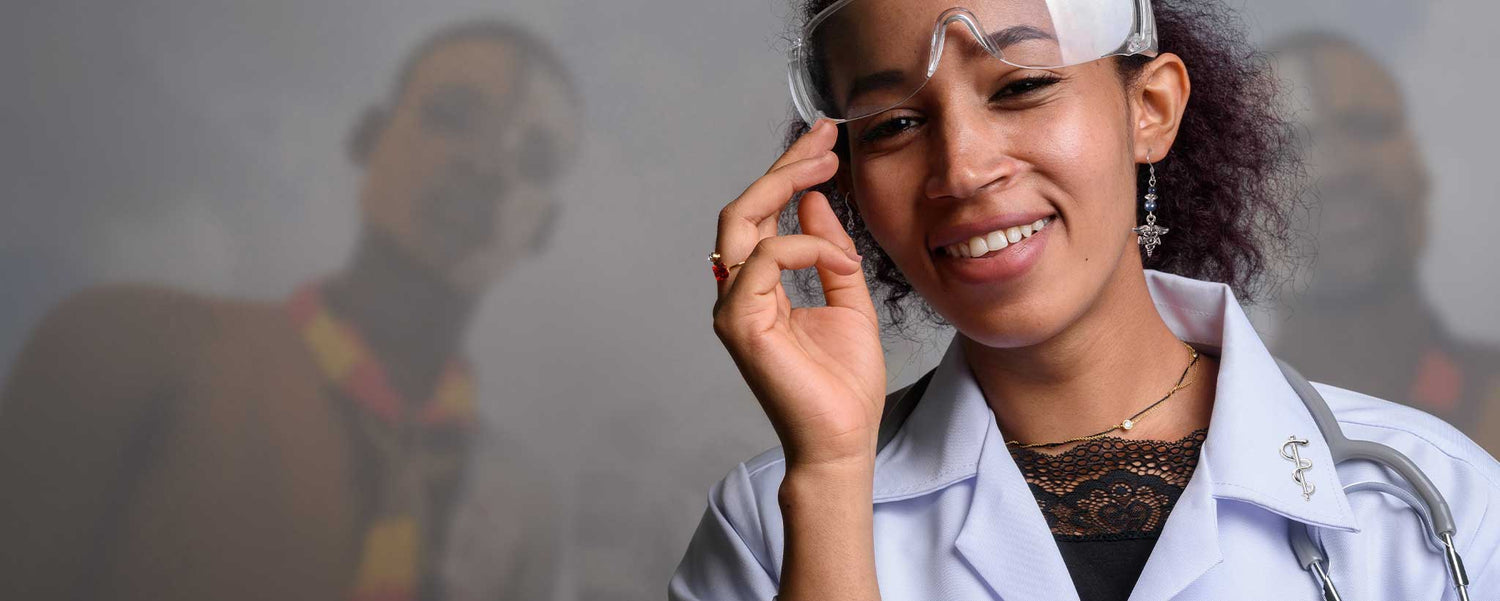The ratio of Ethiopian doctors has improved 3,000 percent.
Surge of Doctors and Nurses
Within 10 years, the ratio of doctors to population in Ethiopia has improved from one physician per 30,000 people to about one physician for every 1,000 people. This East African country was losing most of its talent to the United States.
An unexpected turning point initiated by Dr. Tedros Adhanom provides medical certificates to graduates of government-funded medical schools. Previously, the certificates were withheld to keep doctors within the country. Additionally, the number of medical schools rocketed from three to 33 since 2006.
Trend Setters
The Federal Democratic Republic of Ethiopia is one of the oldest locations of human life known to scientists. Hence, it is of fundamental interest to anthropologists. Many praise the natural beauty of Ethiopians—women in particular. You may instantly recognize facial features such as a high forehead, large inset almond-shaped eyes, wide mouth, and symmetrically ovoid head.
There is great diversity in appearance among the 13 individual regions and charted cities within the country of Ethiopia, located in the Horn of Africa. Depending on the region, some people are dark, others light, with significantly different facial beauty attributes.
Northern Ethiopians, Somalis, and Eritreans are often referred to as having a more ‘mulatto’ appearance. It is more appropriate to refer to a specific region and widen the perception of Ethiopians in general.

Map of Ethiopia
Ethiopia is a multilingual society with around 80 ethnic groups—the two largest being the Oromo and the Amhara—and about 200 dialects.
The principal Semitic language of the north-western and center of the country is Amharic, which is the language of Gondar and Gojjam, as well as much of Wollo and Shewa.
Moreover, Amharic is also the official language of administration, and the language of much modern Ethiopian literature.
Ethiopia is bordered by Eritrea to the north, Djibouti and Somalia to the east, Sudan and South Sudan to the west, and Kenya to the south. Since Eritrea's independence, Eritrea and Ethiopia had a violent disagreement over the exact demarcation of their borders.
In May 1998, Eritrea initiated border clashes that escalated into a full-scale war that left more than 80,000 dead and further destroyed both countries’ ailing economies. After a costly and bloody two-year war, a formal peace agreement was signed in December 2000.
Tribes
Several tribes such as the Bodi, Mursi, Karrayyu, Karo, Surma, and Suri embrace elaborate scarification on the face, arms, or torso. They may be cut with sharp shells and thorns. Lip plates or earlobe disfigurement popular among Ethiopian tribes occupying the Mursi and Omo River Valley is a form of beauty and strength that is being emulated in the Western world. Omo tribes are also known for their face painting and headdresses.
Various tribes carry AK-47 rifles for hunting and protection. Surrounded by more powerful and wealthier tribes, Karo has a complex social hierarchy to thwart intermarriage and keep their lineages pure.

Three Karo tribesmen with face and body decoration in chalk inspired by the spotted plumage of the guinea fowl, Omo river, Lower Omo Valley, Ethiopia, Africa.
You may see many images of bare-chested and intentionally scary indigenous Ethiopian tribes. Yet, a large number wear suits, live in cities, and drive automobiles in a modern society. Two popular personalities of Ethiopian descent are Chef Marcus Samuelsson, raised in Europe, and his lovely wife, philanthropist and model, Maya Haile Samuelsson from Gurage, Ethiopia. It provides an interesting dichotomy to compare the Ethiopian tribes living off the land without modern conveniences.
Environment
Agriculture accounts for almost 41 percent of the gross domestic product (GDP), 80 percent of exports, and 80 percent of the labor force. Unsurprisingly therefore, the country has both rural and urban areas.
According to the International Monetary Fund, Ethiopia was one of the fastest-growing economies in the world, registering over 10% economic growth from 2004 through 2009. Growth has decelerated moderately, projected to be 6.5 percent in the future—reflecting weaker external demand and an increasingly constrained environment for private sector activity.
Doctors Without Borders/Médecins Sans Frontières (MSF) continues to fill gaps in health care and respond to emergencies.
The Ethiopian constitution defines the right to own land as belonging only to “the state and the people,” but individual citizens may lease land (up to 99 years), and are unable to mortgage or sell. Inhabitants may rent land for a maximum of twenty years. This is expected to ensure that land goes to the most productive user. Population growth, migration, and urbanization are all straining both governments’ and ecosystems’ capacity to provide people with basic services.
In Ethiopia, Doctors Without Borders/Médecins Sans Frontières (MSF) continues to fill gaps in healthcare and respond to emergencies such as malnutrition and disease outbreaks in both the host population and the growing refugee communities.
As we examine the diverse Ethiopian culture, we see one that is poised to become a center for medical advancement. With the changing image of Ethiopian healthcare, perhaps the global society can alter its views of this advancing nation.
To support the writing of scholarly articles about internist, ClinicalPosters sells human anatomy charts, scientific posters, and other products online. You may sponsor specific articles, become a ClinicalNovellas Member, or remit a small donation.
ClinicalPosters sells human anatomy charts, scientific posters, and other products online to offset expense of the writing useful articles about internist. Slide extra posters into DeuPair Frames without removing from the wall.
Show your support by donating, shopping for ClinicalPins, becoming a ClinicalNovellas Member, or leaving an encouraging comment to keep the research going.
To support the writing of useful articles about internist, ClinicalPosters sells human anatomy charts, scientific posters, and other products online. You may sponsor specific articles or remit a small donation.
ClinicalPosters sells human anatomy charts, scientific posters, and other products online to offset expense of the writing useful articles about internist. Slide extra posters into DeuPair Frames without removing from the wall.
ClinicalPosters sells human anatomy charts, scientific posters, and other products online. You may remit a small donation or become a ClinicalNovellas Member.
You can support the writing of useful articles about internist by sponsoring specific articles, becoming a ClinicalNovellas Member, or remitting a small donation. Visible content is optimized for device size.
Get Caduceus earrings and lapel pin in main photo from ClinicalPins.






 Romance & Health Intertwine. Fall in love with a captivating romance miniseries that explores the essence of well-being. Become a ClinicalNovellas member for heartwarming tales.
Romance & Health Intertwine. Fall in love with a captivating romance miniseries that explores the essence of well-being. Become a ClinicalNovellas member for heartwarming tales.





